 Zinnias are brightly coloured flowers belonging to the Asteraceae family, where other members include asters, daisies, and sunflowers. It is a hot-climate plant native to South America and southwestern United States.
Zinnias are brightly coloured flowers belonging to the Asteraceae family, where other members include asters, daisies, and sunflowers. It is a hot-climate plant native to South America and southwestern United States.
Flowers vary in size, with diameters ranging from one inch to seven inches. They also vary in form; they might have a single, semi-double or double layers of petals.
Zinnias are popular fresh cut flowers and are valued for their long stems and brightly-coloured blooms. Cut flowers should last at least a week before they start looking tired. These daisy-like flowers are available in a wide range of bright colours, including white, yellow, orange, red, purple and lilac. Zinnias can also be dried and used in floral arrangements.
Zinnias are a favourite for gardeners because they are one of the easiest flowers to grow! They are perfect for a cutting garden. They will bloom from early summer to early fall. The bright colours are attractive to butterflies and hummingbirds. Some gardeners will grow these flowers specifically for that very reason. For the best visual effect, plant in masses. The taller varieties make great borders and edging, while smaller zinnias do well in window boxes, hanging boxes and other containers.
Zinnias do best in full sun and fertile, well-drained soil. They are commonly grown from seed. Zinnias will reseed themselves if not deadheaded. Deadhead to increase blooms.
Climate zones: 3-10
Fun flower facts about the zinnia:
- The zinnia was named after the German botanist, Johann Gottfried Zinn, who wrote the first description of the flower.
- In the language of flowers, zinnias represent friendship, specifically thoughts of an absent friend.
- Believe it or not, there was a time when zinnias were considered small and ugly! When the Spanish first saw the flower in Mexico, they named it “mal de ojos” or sickness of the eye.
- When zinnias were first introduced to Europeans, they were known as “poorhouse flower” and “everybody’s flower” because zinnias were so common and easy to grow.
- Zinnias are known as “cut and come again” flowers. Cut one flower above a pair of leaves and within a few days two new stems with flower buds will emerge!
- From 1931 – 1957, the zinnia was the state flower of Indiana, USA.
- Dwarf zinnias can be as short as 10 inches tall, while the giants can grow to be 4 feet tall!
- Zinnias were once called “youth and old age” because old blooms stay fresh as new blooms open.

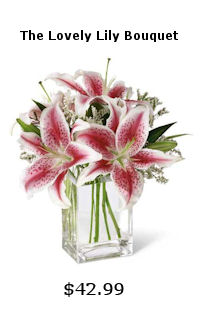
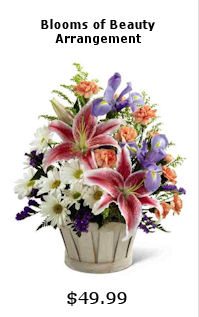




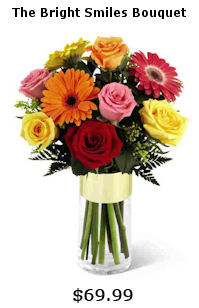
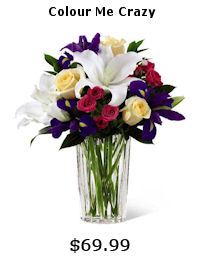
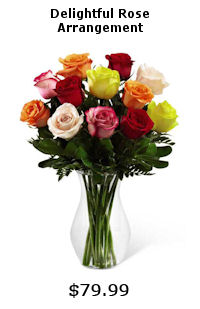










Its super easy to understand and it doesn’t sound like a computer.
LikeLike
I see you don’t monetize your page, don’t waste your traffic,
you can earn additional bucks every month because you’ve got high quality content.
If you want to know how to make extra bucks, search for:
Boorfe’s tips best adsense alternative
LikeLike
Pingback: Guest Post: Utilizing the Color Spectrum in Your Garden| The Blog Farm
Pingback: Guest Post: Utilizing the Color Spectrum in Your Garden | Grower Direct Fresh Cut Flowers Presents…
Pingback: Flower Trends for 2014 | Grower Direct Fresh Cut Flowers Presents…
Have zinnias ever been known as the “widow” flower?
LikeLike
Pingback: Video Tutorial: Learn to Make a Pumpkin Vase Fall Flower Arrangement | The Blog Farm
Pingback: Flowers Available in Autumn | The Blog Farm
Pingback: Video Tutorial: Learn to Make a Pumpkin Vase Fall Flower Arrangement | Grower Direct Fresh Cut Flowers Presents…
Pingback: Flowers Available in Autumn | Grower Direct Fresh Cut Flowers Presents…
Pingback: Tips on Drying Flowers | The Blog Farm
Pingback: Tips on Drying Flowers | Grower Direct Fresh Cut Flowers Presents…
Pingback: Fun Flower Facts: Chrysanthemum | The Blog Farm
Pingback: Fun Flower Facts: Chrysanthemum | Grower Direct Fresh Cut Flowers Presents…
Pingback: Tips on Growing Zinnias | The Blog Farm
Pingback: Tips on Growing Zinnias | Grower Direct Fresh Cut Flowers Presents…
Pingback: How to Keep Your Flowers Blooming All Summer | The Blog Farm
Pingback: How to Keep Your Flowers Blooming All Summer | Grower Direct Fresh Cut Flowers Presents…
Pingback: Creating a Cutting Garden | The Blog Farm
Pingback: Creating a Cutting Garden | Grower Direct Fresh Cut Flowers Presents…
Pingback: Best Drought Tolerant Annuals For Your Garden | The Blog Farm
Pingback: Best Drought Tolerant Annuals For Your Garden | Grower Direct Fresh Cut Flowers Presents…
Pingback: Plant Diseases: Powdery Mildew | The Blog Farm
Pingback: Plant Diseases: Powdery Mildew | Grower Direct Fresh Cut Flowers Presents…
Pingback: Tips to Attract Butterflies to Your Garden | The Blog Farm
Pingback: Tips to Attract Butterflies to Your Garden | Grower Direct Fresh Cut Flowers Presents…
Pingback: What’s the Difference Between Annual and Perennial Flowers?
Pingback: What’s the Difference Between Annual and Perennial Flowers? | Grower Direct Fresh Cut Flowers Presents…
Pingback: The Language of Flowers by Vanessa Diffenbaugh: A Review | Grower Direct Fresh Cut Flowers Presents…